What to do in Tartu, Estonia? We spent three days in this Estonian city, doing everything from walking tours and museums to pubs and rallies. Here are some photos from our days in the city, as well as tips for those looking for things to see and do in Tartu.
Table of contents
Tartu in Estonia
Tartu is a university town in south-eastern Estonia. Located in historic Livonia, the city was known as Dorpat until Estonia's independence in 1918. Today it is a lively and youthful city full of events and festivals.
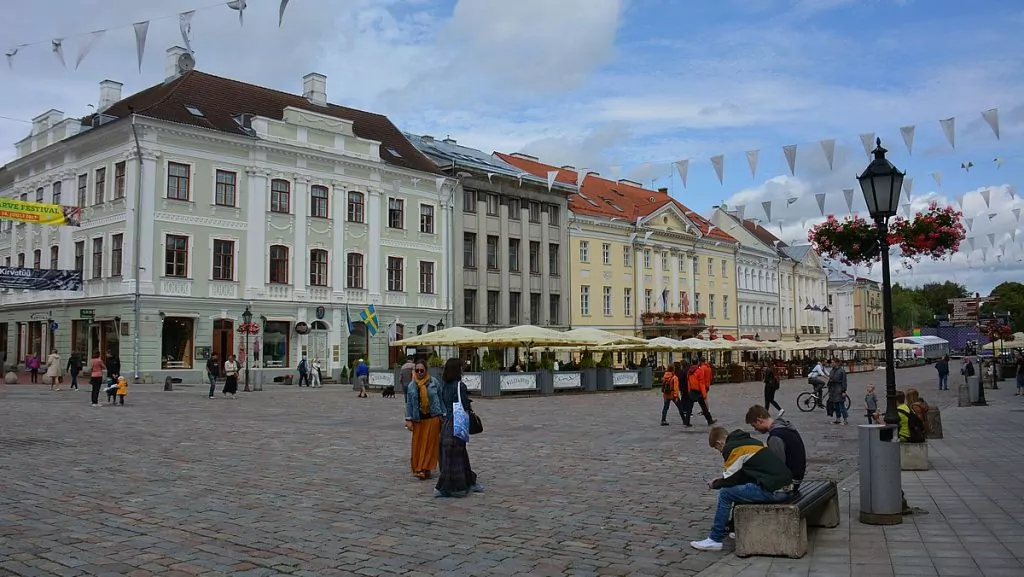
What to do in Tartu, Estonia?
We spent a few days in Tartu, Estonia. Of course, we don't know everything there is to do here, but in collaboration with the Estonian Tourist Board, we've come up with ten interesting things to do in Tartu, Estonia.
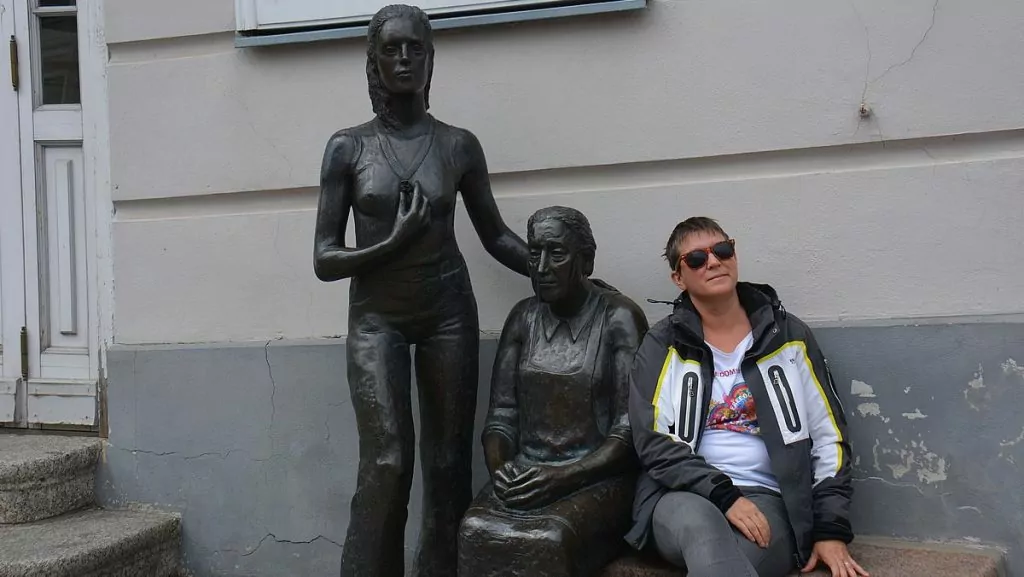
1. Hanging in the town hall square
When you arrive in Tartu, the Town Hall Square, with its beautiful town hall and the statue of the two kissing students, is a must. There are also plenty of restaurants and cafés to hang out in.
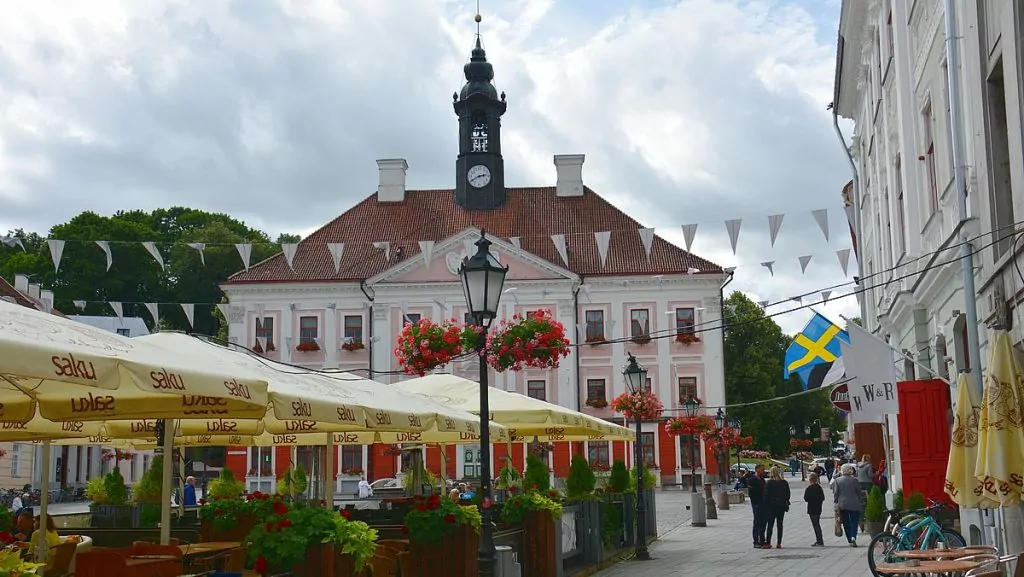
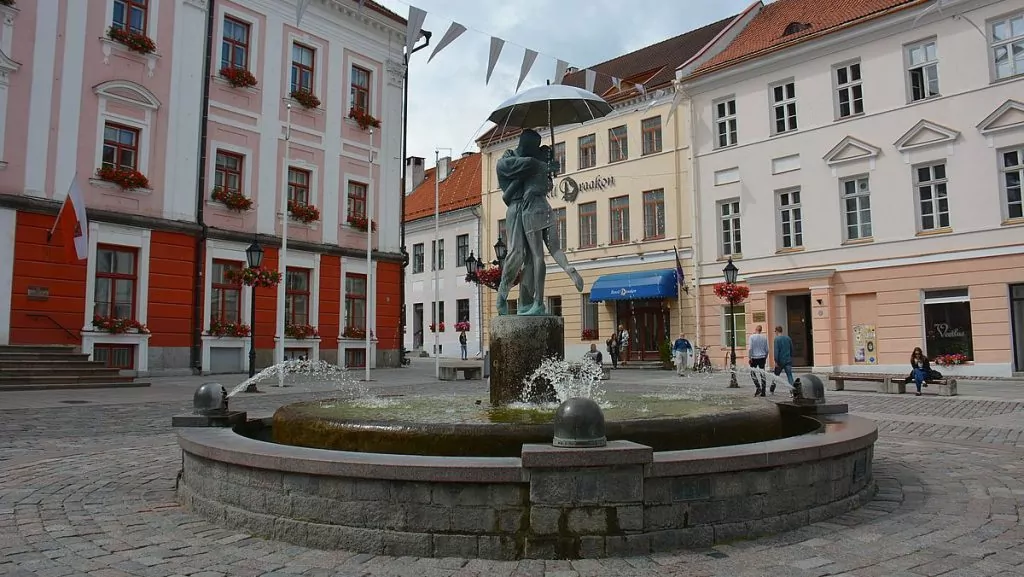
2. Drink coffee at Café Werner - the oldest café in Tartu.
For a traditional coffee break, head to Café Werner, which has been open since 1885. The popular café is located at Ülikooli 11 and serves both food and cakes.
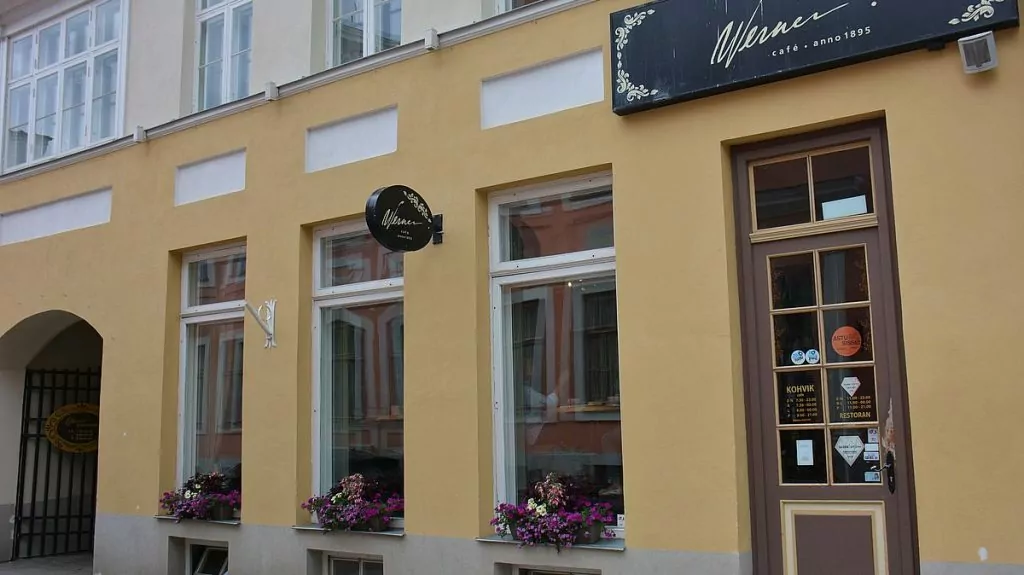
3. Drink beer at Püssirohukelder - the pub with the highest roof in the world.
The Püssirohukelder pub, located on the slope of Toomemäe, served as a gunpowder cellar until the 19th century. The cellar was built in 1767, using stones from the ruins of the medieval St Mary's church and the walls of the bishop's castle. Today the cellar houses a pub that is listed in the Guinness Book of Records as the pub with the highest ceiling in the world (10.2 metres high).
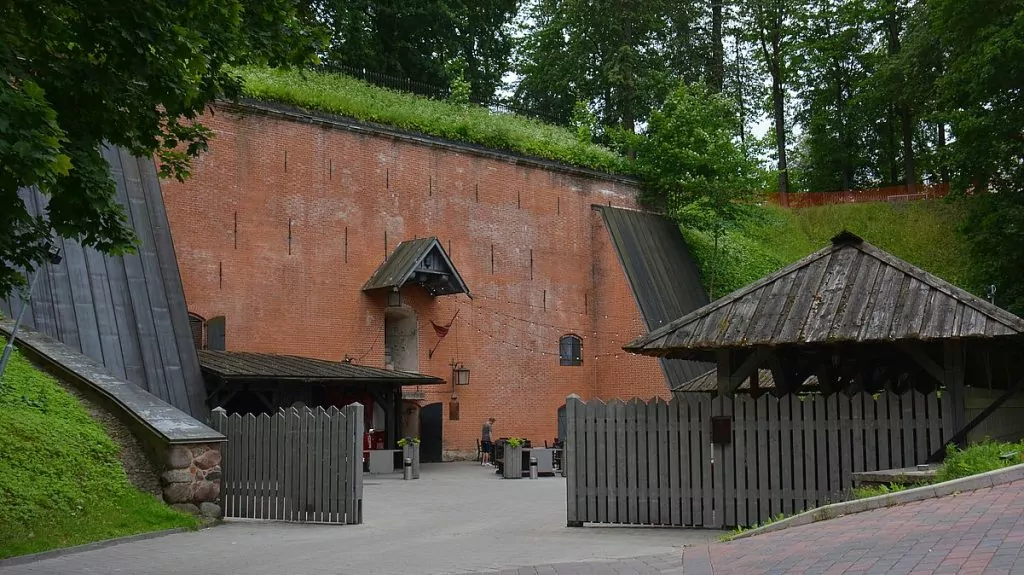
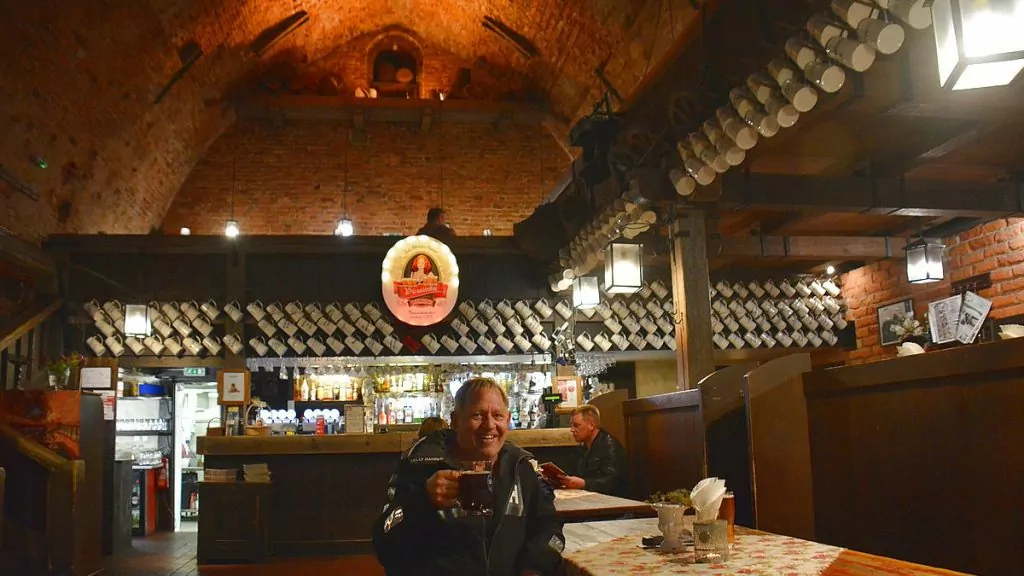
4. Try beer from the local brewery Pühaste.
In Tartu there is a local brewery, the Brewery paste. Some events with beer tastings and the like are organised here. You can also try the beer in a pub in the city centre. The cosy Pühaste Kelder, at Rüütli tn. 11, serves a variety of interesting beers from smaller breweries.
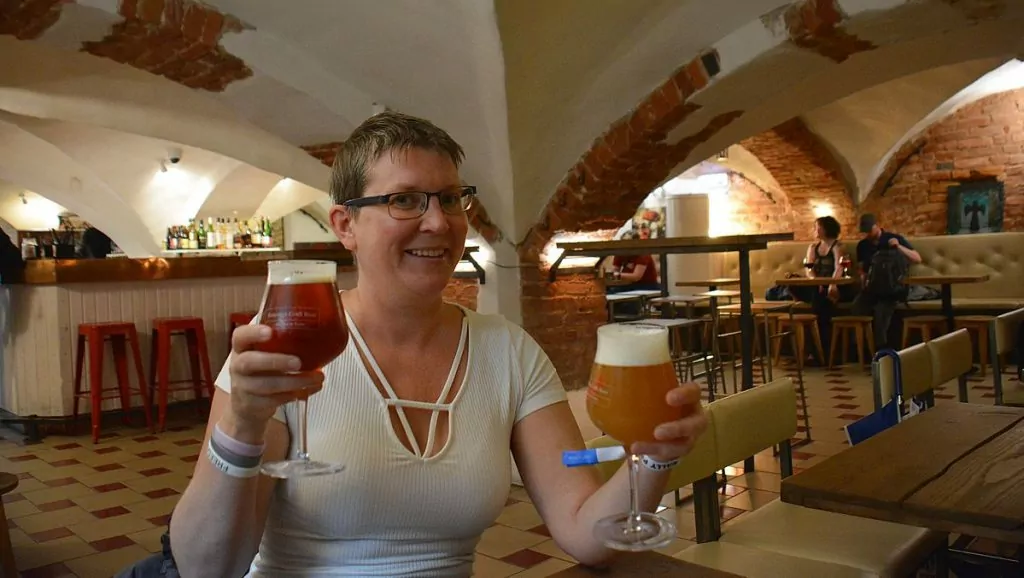
5. Check out the sights on Mount Dom (Toomemägi)
A short walk from Town Hall Square, Toomemägi is home to a number of attractions. Perhaps the most impressive are the ruins of the Bishop's Cathedral. It was also the site of the Bishop's Castle, which was destroyed during the Great Northern War in the 18th century.
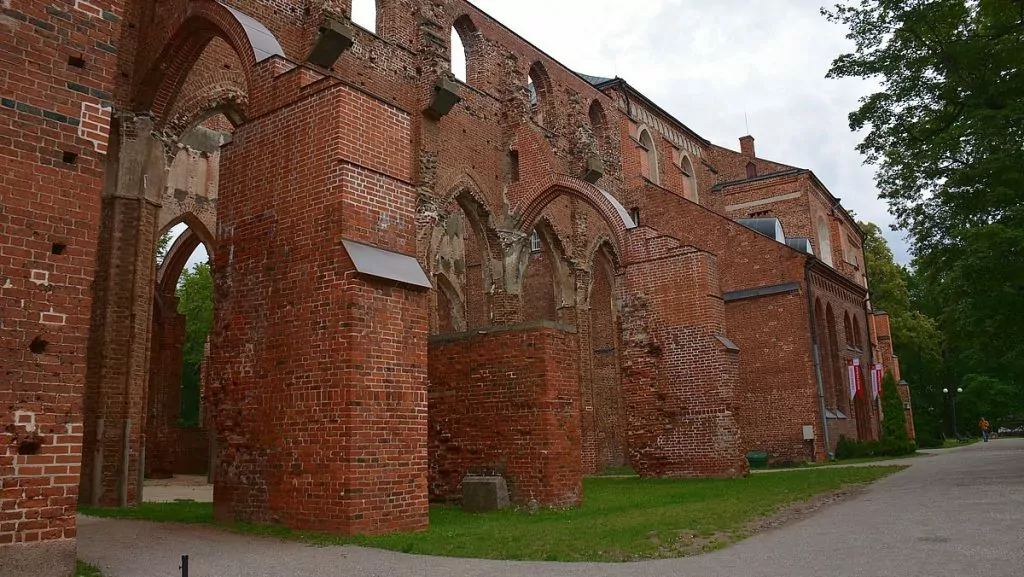
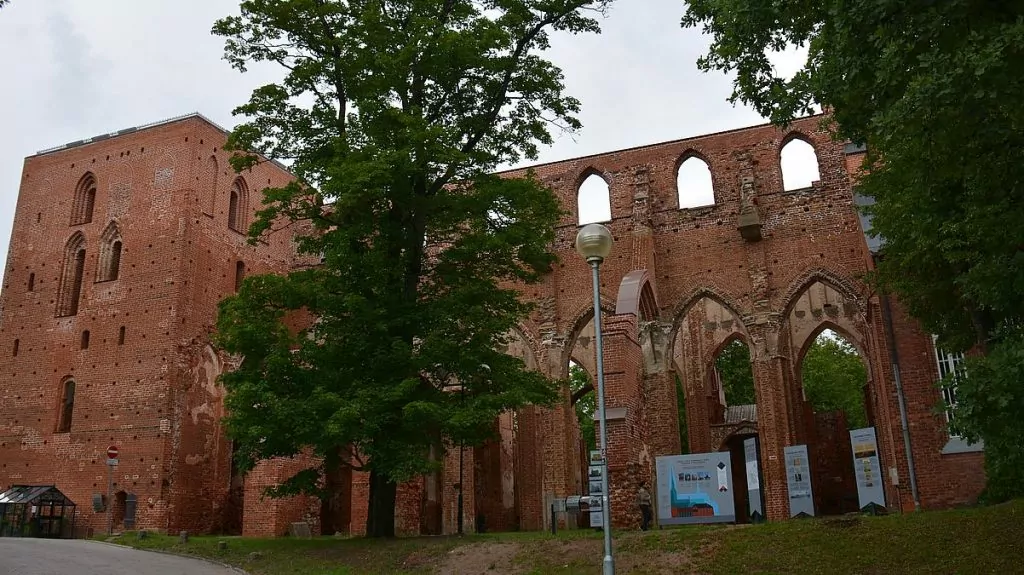
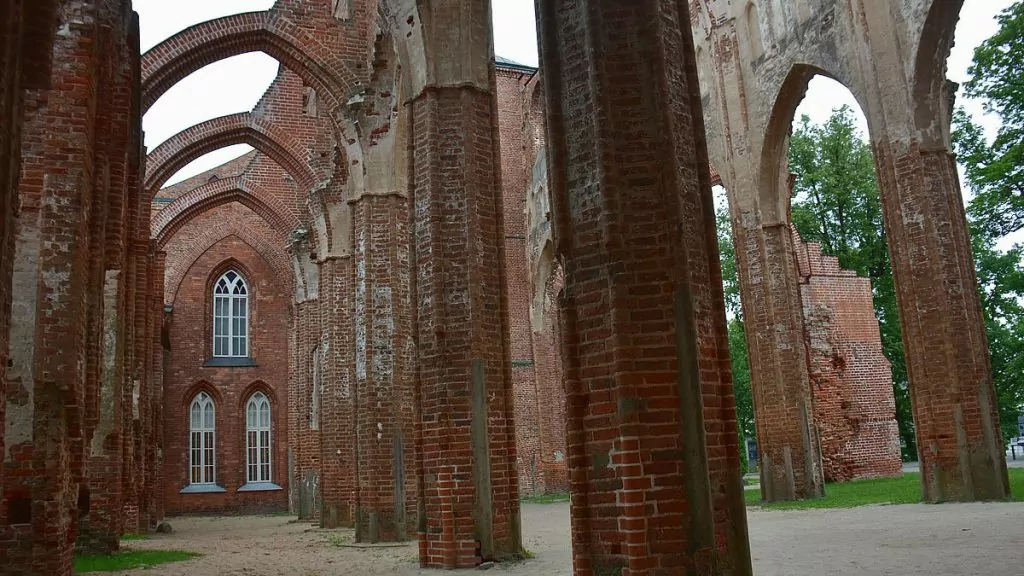
Other attractions on the hill include the Old Anatomical Theatre of Tartu, the Tartu Observatory, the Turadisild (Devil's Bridge), the Angel Bridge and a monument to Johan Skytte, a Swedish advisor to Gustav II Adolf, Chancellor of Uppsala University and founder of the city's university.
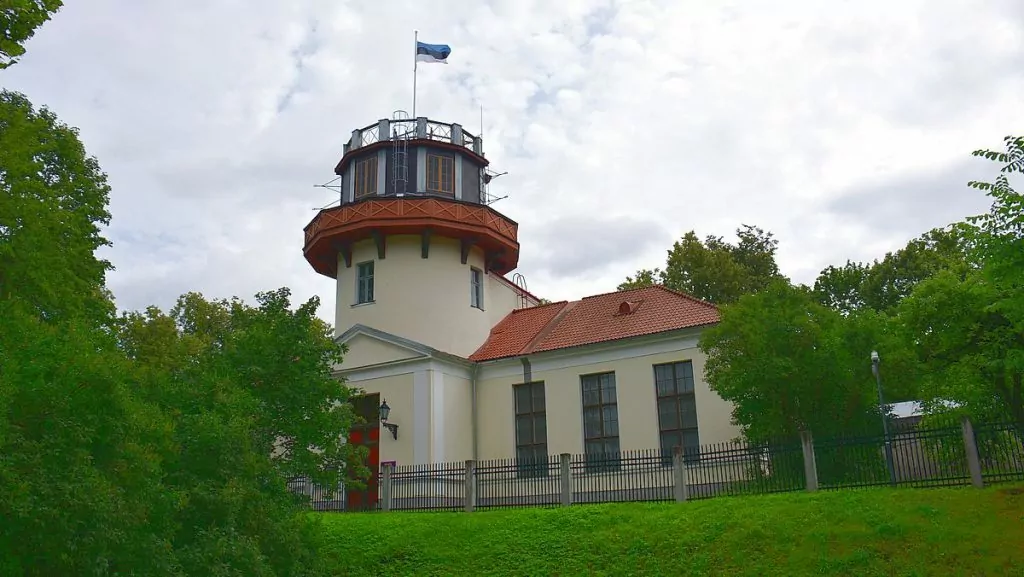
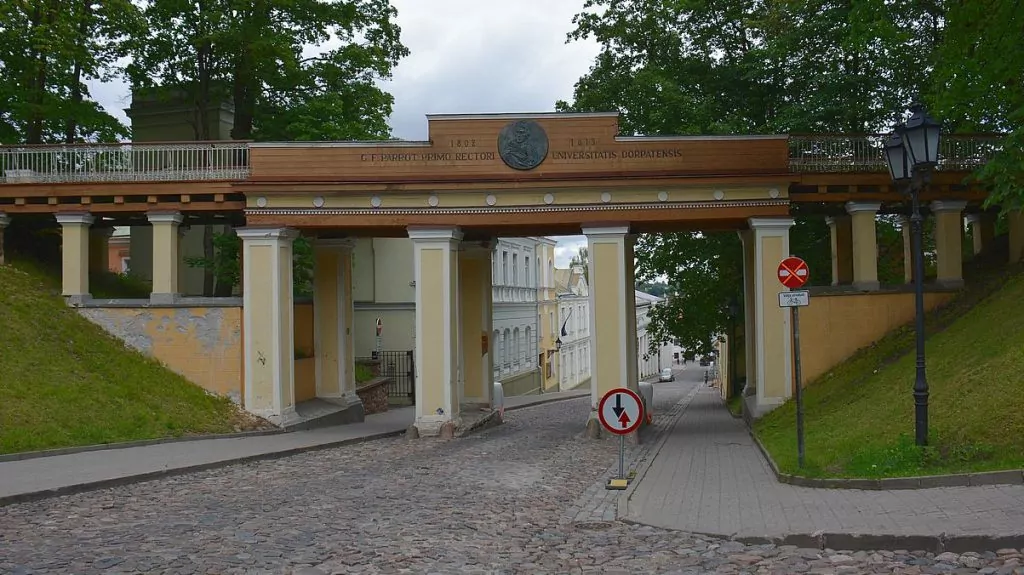
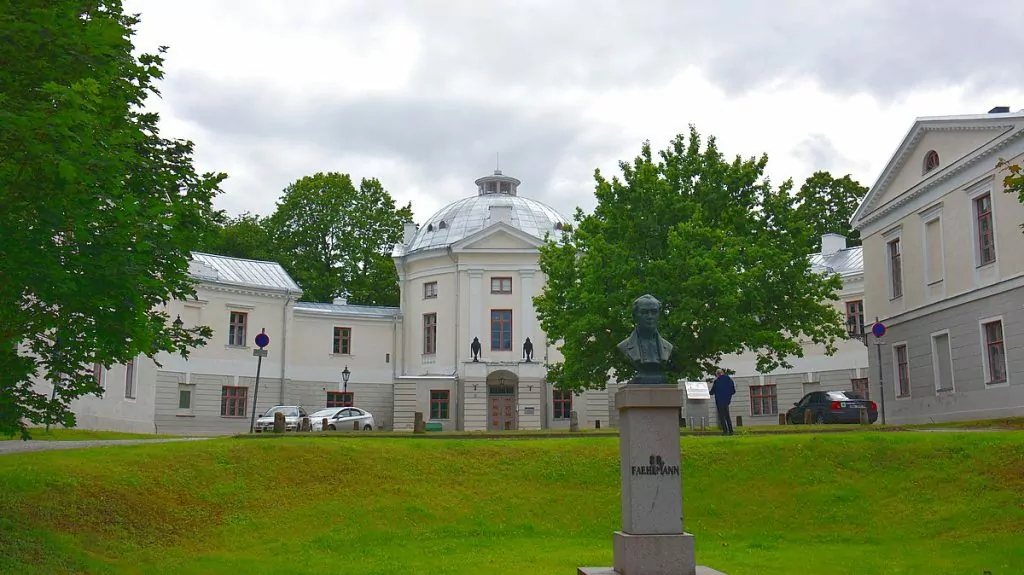
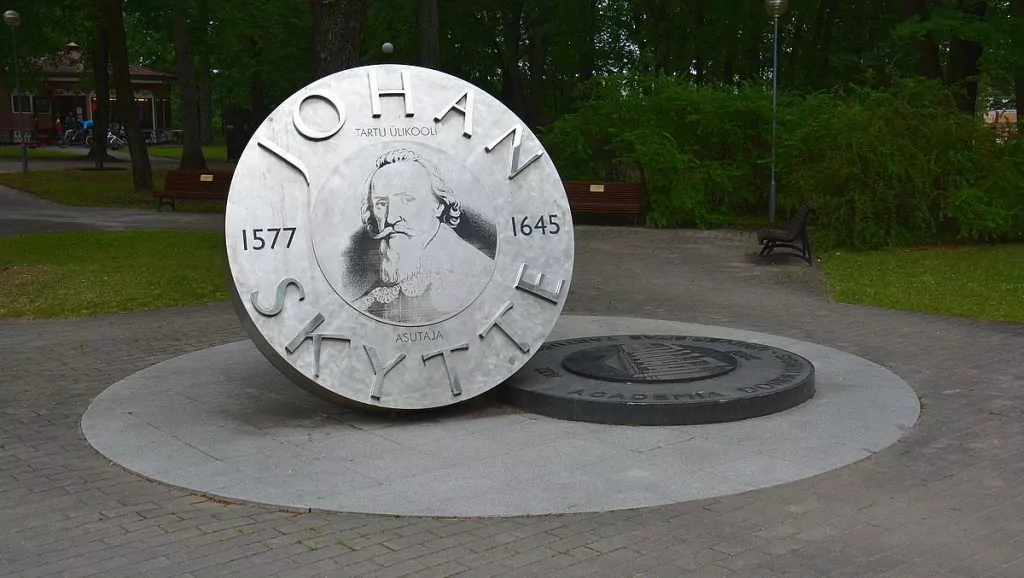
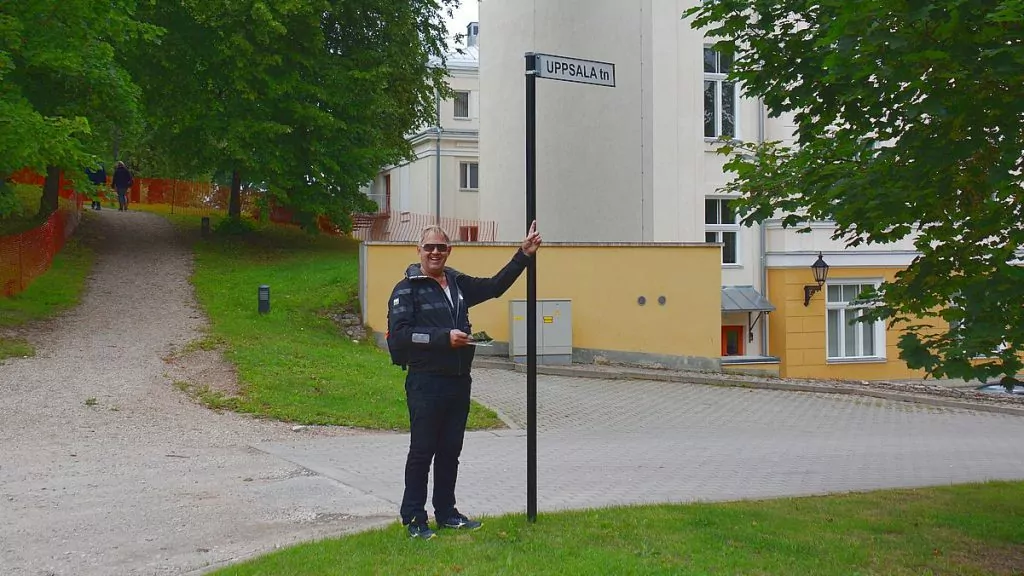
6. Take a historical city walk in Tartu
If you go to the tourist information centre at the town hall, you can get a brochure with all the historical sights marked on a map. The sights are located along a nice walking route, and the brochure contains information on all the sights.
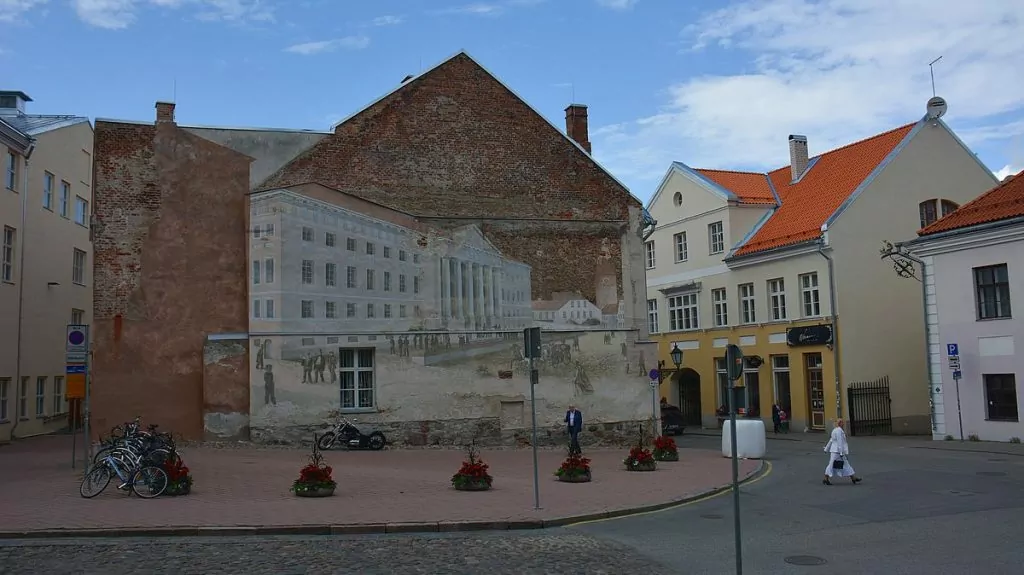
According to the tourist information it would take an hour and a half to walk the route, but for us it took much longer (which can't be explained only by the beer we had on the way...). Along the way you can see Barclay Square, the Leaning House, St John's Church, Von Bock House and the city's monument to Gustav II Adolf, who founded the University of Tartu.
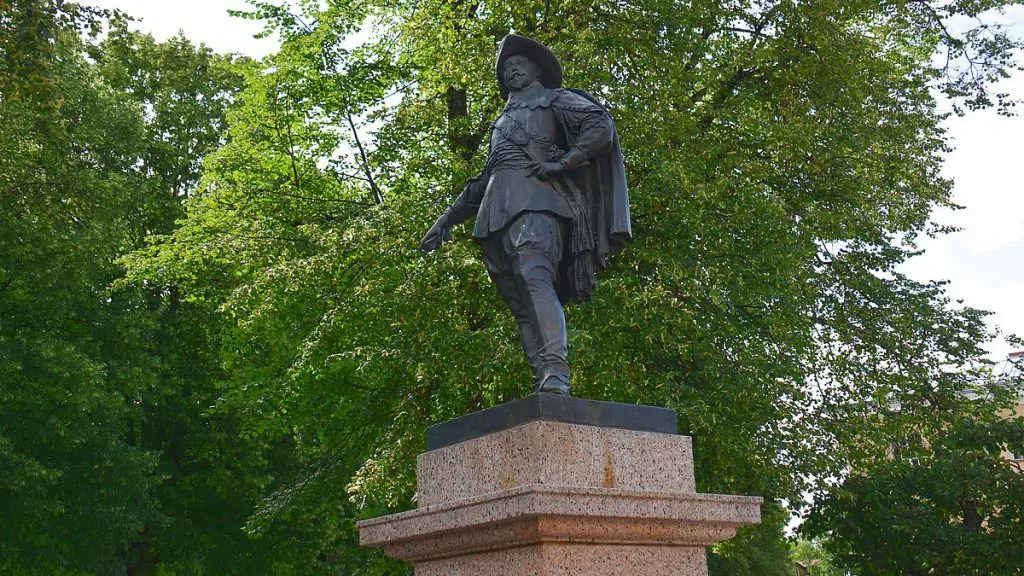
7. Stroll in the botanical garden
In the centre of Tartu there is a really nice botanical garden, where you can walk around in peace and quiet. The garden was founded in 1803 and contains around 6000 different species of plants.
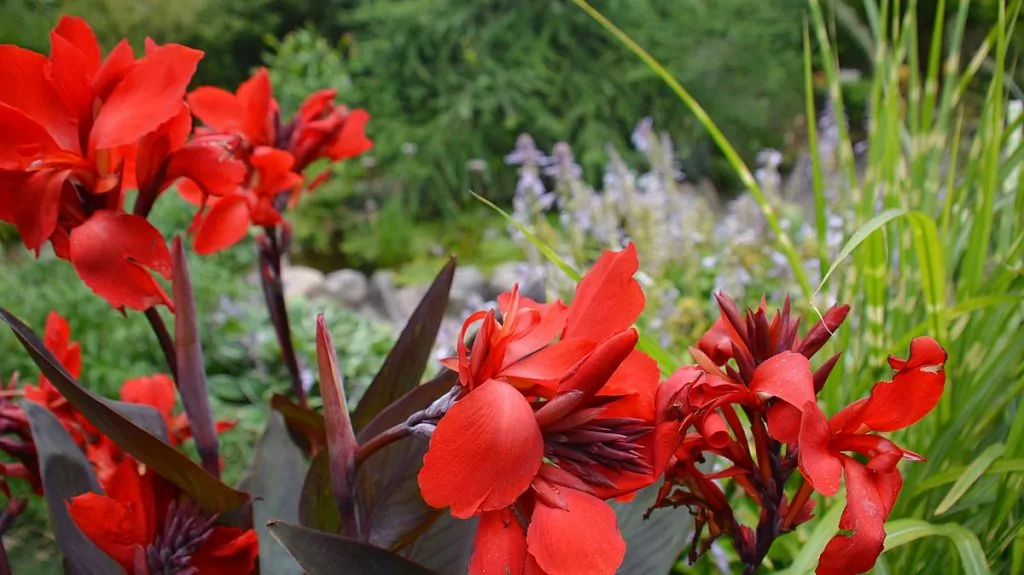
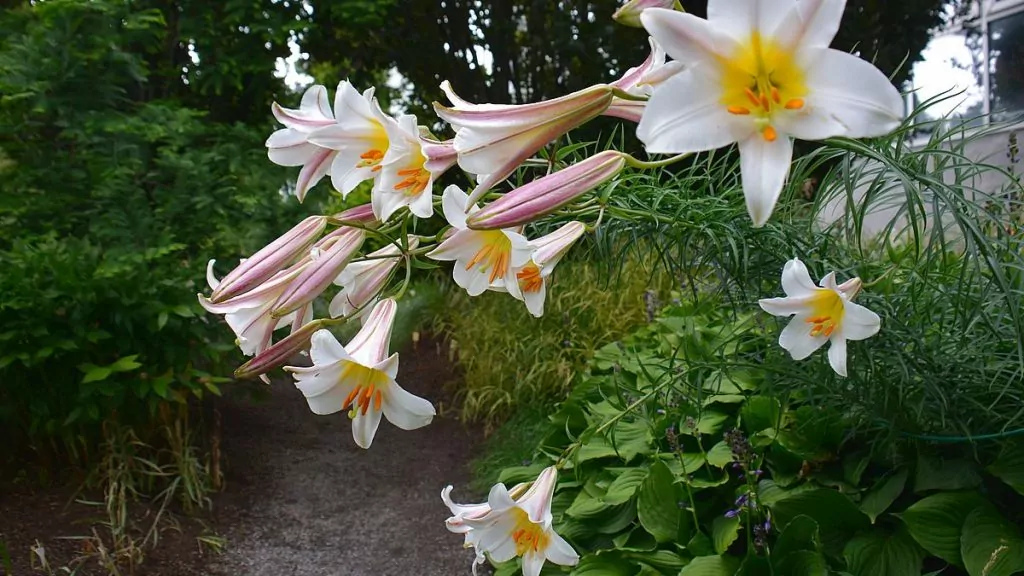
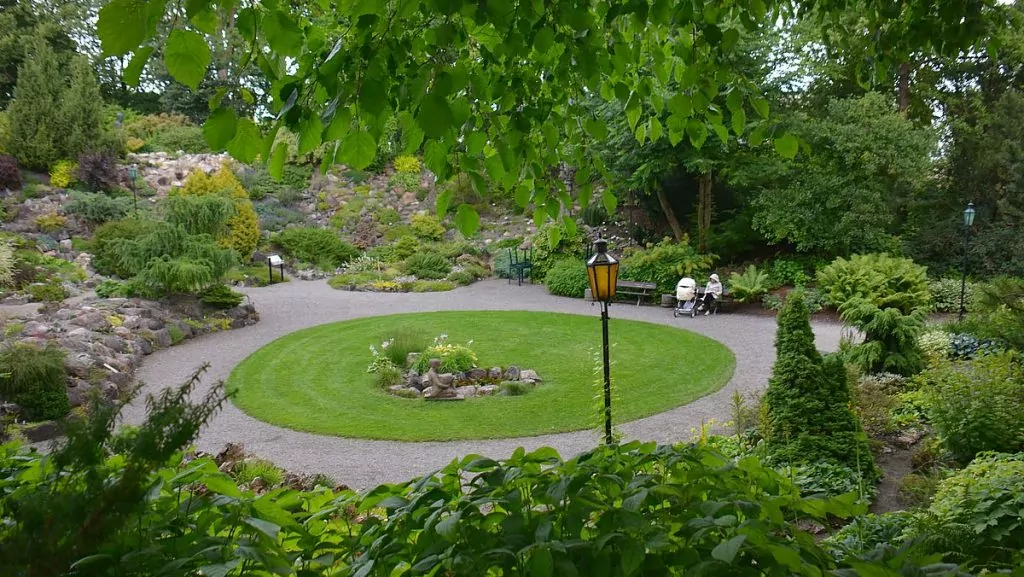
8. Visit the National Museum of Estonia
Just outside the centre of Tartu is National Museum of Estonia. The new museum, opened in 2016, is housed in a gigantic building with a hugely grand entrance. The museum showcases the history, way of life and traditions of the Estonian people.
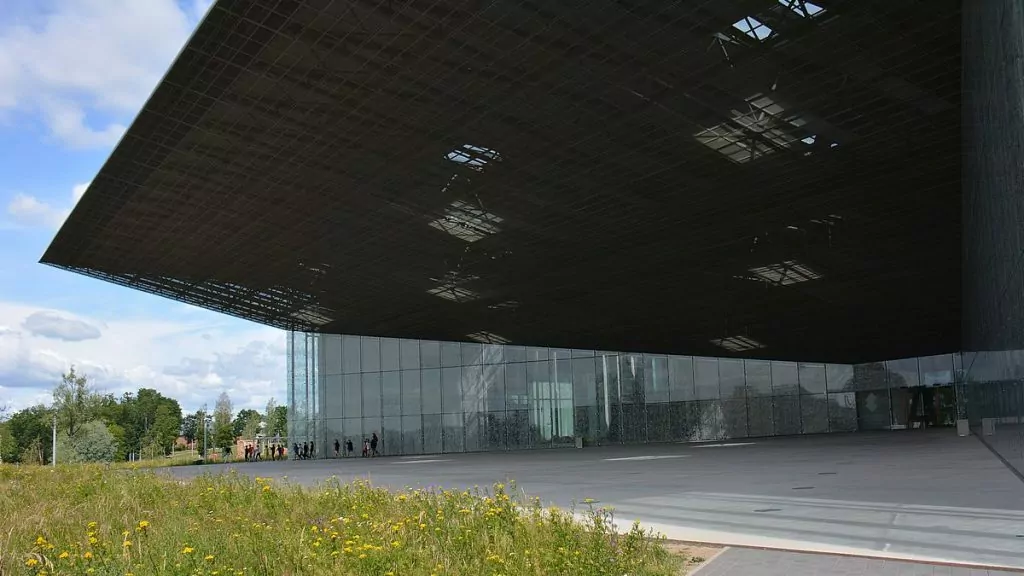
We most appreciated the exhibition on the cultural history of the Finno-Ugric peoples, which is really modern and nice, with many interactive elements.
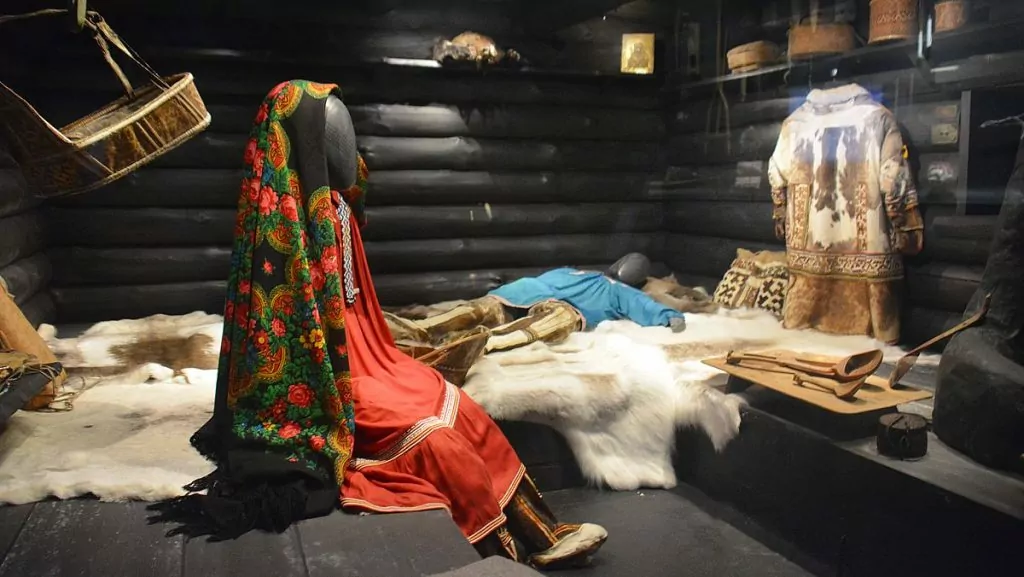
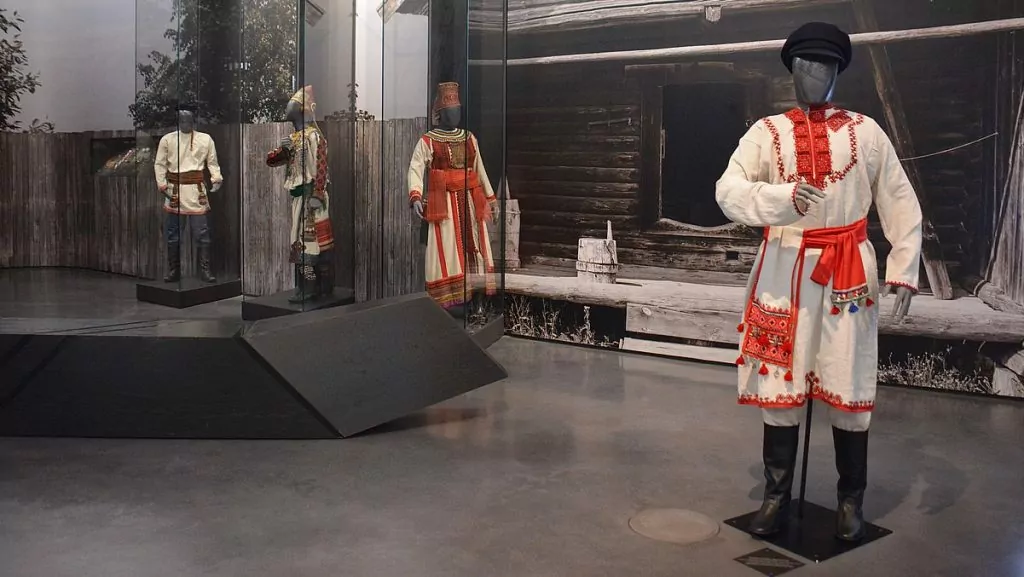
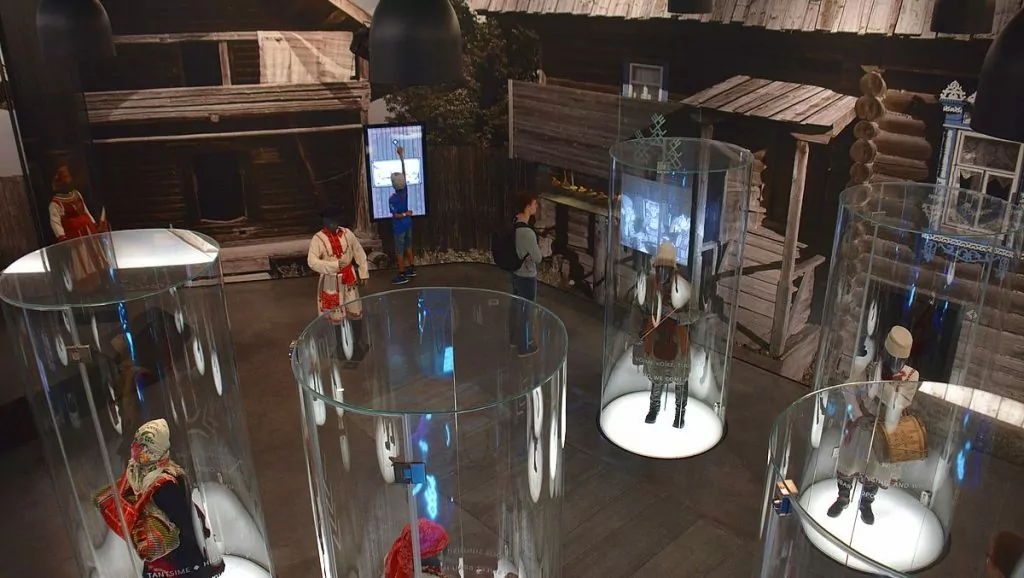
9. Trade in the market
The Tartu market, located by the river at Soola 10, sells all kinds of things. Here you can find vegetables, fruit, berries and mushrooms at really good prices.
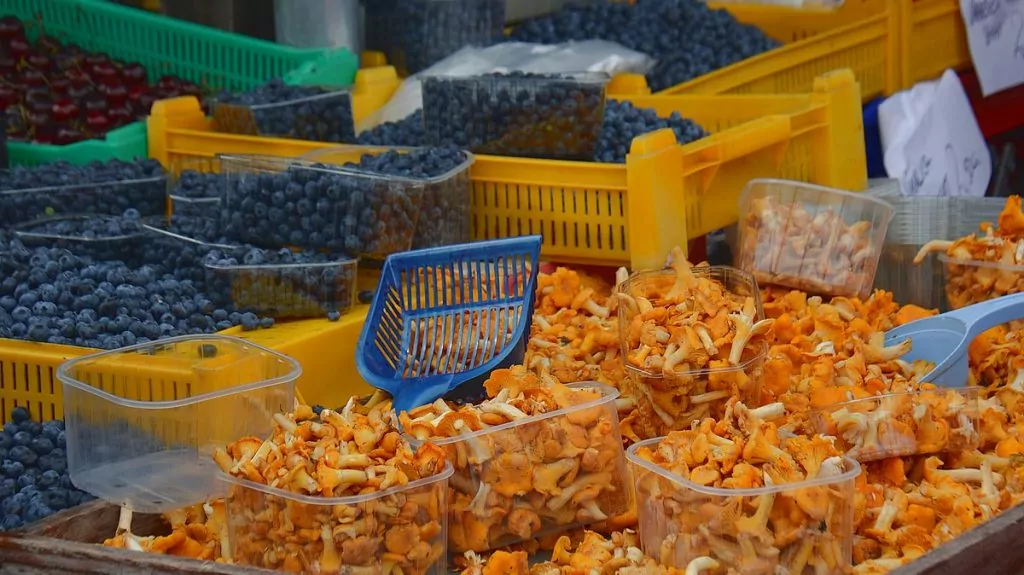
We took the opportunity to shop for chanterelles, blueberries and raspberries, which we brought back to the motorhome. Fantastically good!
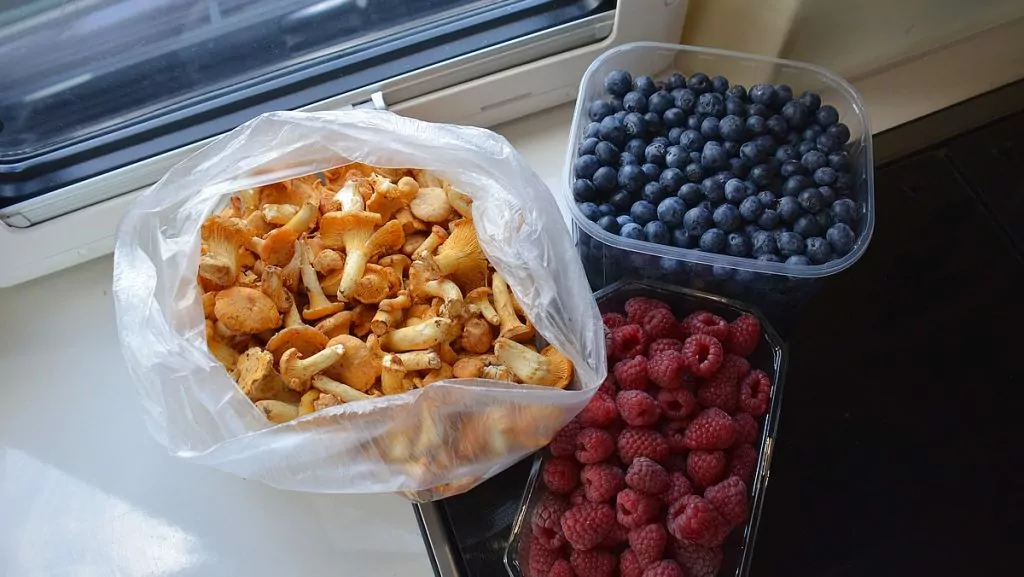
10. participate in events and festivals
Tartu hosts many different events and festivals, such as Tartu Hansa Days, marathons, cycling marathons and several different festivals focusing on film or music. We participated in Rally Estoniawhich is organised in July every summer. A fantastic folk festival!
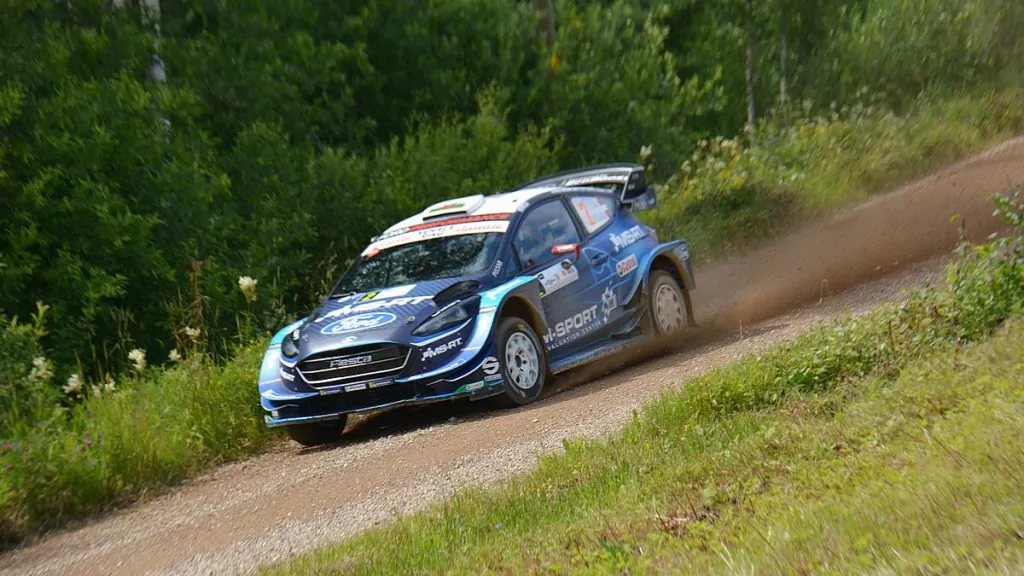
More things to see and do in Tartu
There is of course even more to see and do in Tartu for those who want to. For example, there are around 25 museums to choose from. Several museums focus on science or history, but there are also sports museums, toy museums and brewery museums, for example.
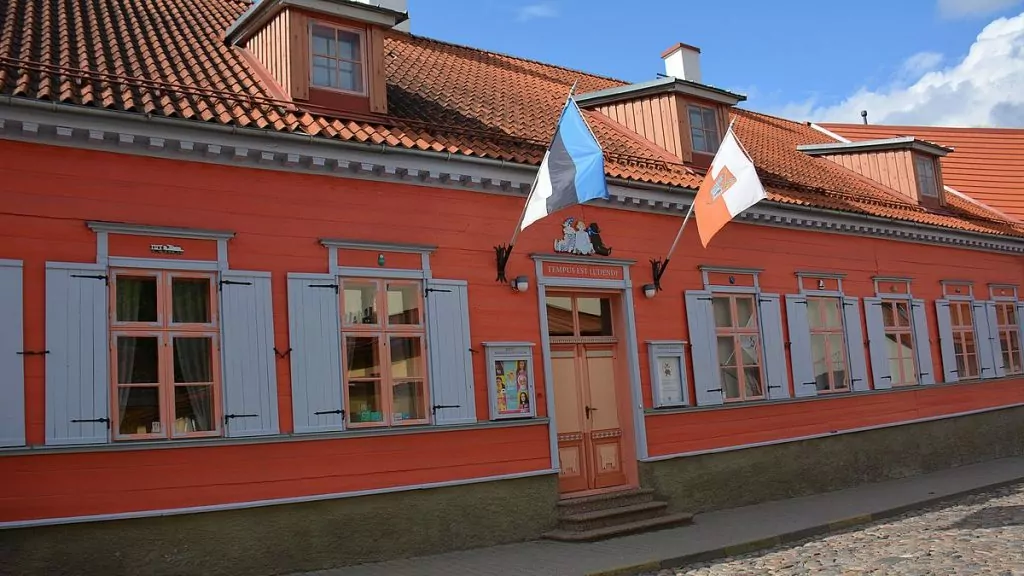
There are also activities around the Emajõgi River, including a boat trip on the Pegasus boat.
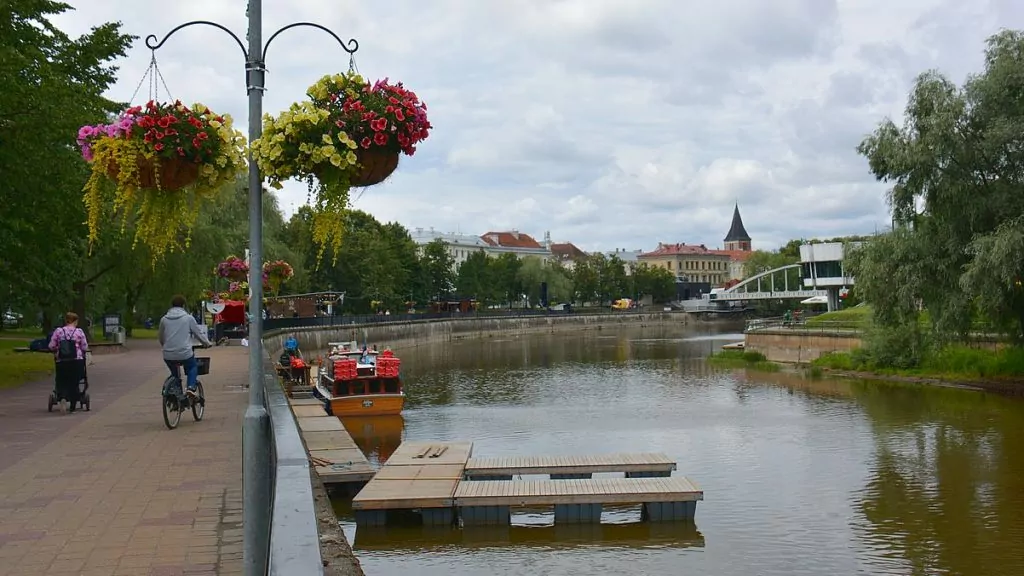
By motorhome in Tartu
We "camped" two nights in a row in a car park in Tartu. We found a free parking at Pikk, a short walk from the centre. It was a good location with access to the beach, public toilets and rubbish bins. You can only get here if you go under a three-metre high bridge, but there are other car parks in town as well.
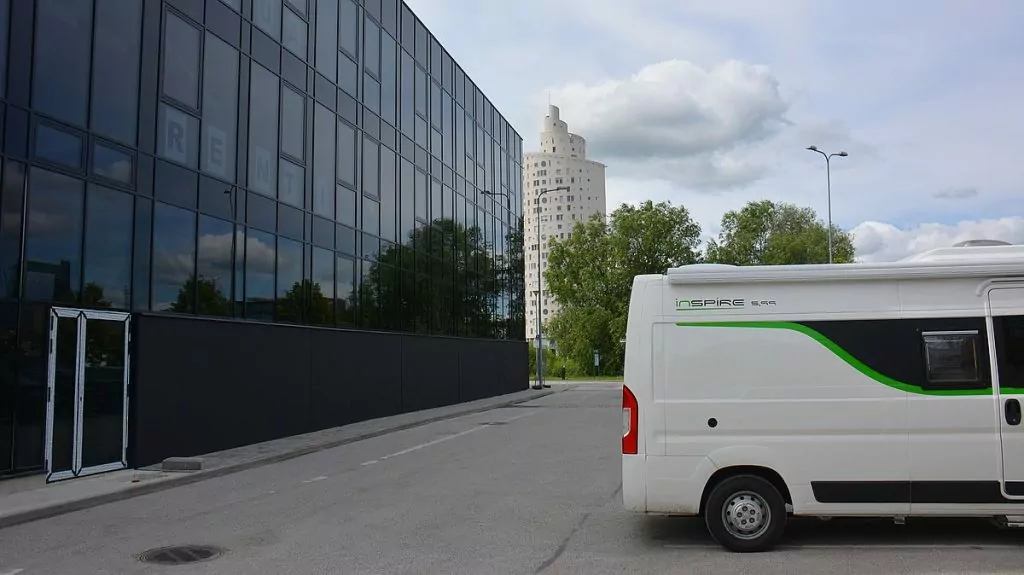
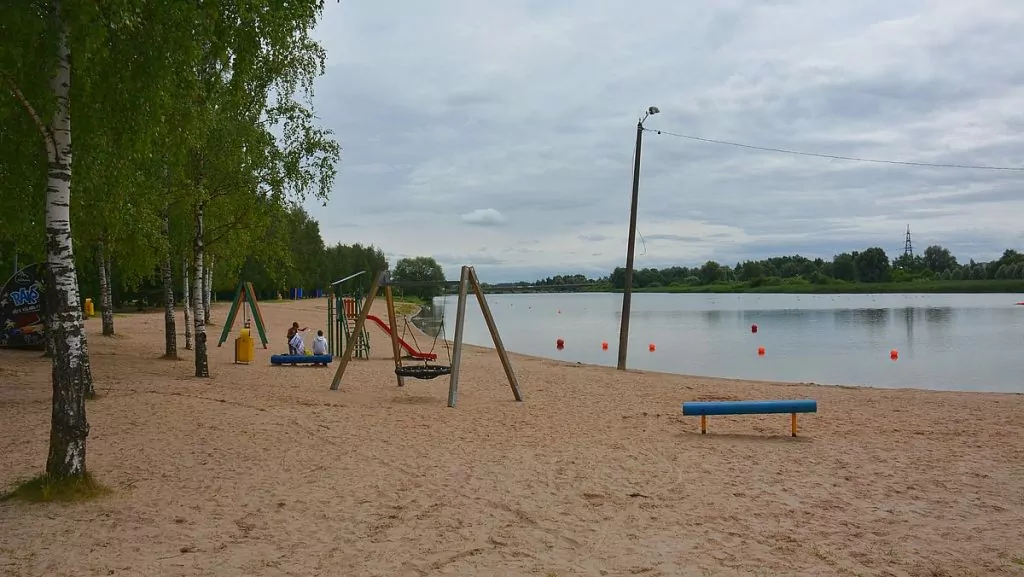
More tips for travelling to Tartu
Tartu is located southeast of the capital Tallinn, and it takes just over two hours to drive from Tallinn to Tartu by car. According to Forex, the price situation index in Estonia is 69, compared to 100 in Sweden, which means that the price situation for a Swede is favourable. If you need to think about your finances before travelling, check out this guide for example to collect loans. Other good things to know are that the internet works well almost everywhere in the country and that you will do well in English.
Want even more tips for travelling to Tartu? Check out our film for more inspiration!
7 great restaurants in Tallinn - and some cafés and bars
There are many nice restaurants in Tallinn, and also a whole bunch of lovely cafés and bars....
Lake Peipus in Estonia - village festivals, onions and old-timers
Lake Peipus in Estonia is located in the eastern part of the country and is known for its...
Christmas market in Tallinn - a brilliant experience
Christmas market in Tallinn! We visited the beautiful capital of Estonia for a weekend, and when we arrived...
Cruise Stockholm - Tallinn with Victoria I
We have been on a cruise Stockholm - Tallinn with Victoria I from Tallink Silja Line. So...
Travelling by motorhome in Estonia - all you need to know
What is it like travelling with a motorhome in Estonia? We have just returned home after barely...
Rummu quarry in Estonia - prison turned bathing paradise
In cooperation with the Estonian Tourist Board Rummu quarry in Estonia is a very different sun and bathing paradise,...
Exploring the port of Tallinn, Estonia
One of the best things about travelling is discovery. Going on unplanned...
An excursion to Kadriorg Palace in Tallinn, Estonia
It's all over the place here! A few days ago we were in Malta and now we are in...
Kynö in Estonia - the island where women are in charge
In cooperation with the Estonian Tourist Board Kynö in Estonia is a small and very special island. It...
Guided tour of Tallinn - the Kalamaja neighbourhood
Today you can join a guided tour in Tallinn, Estonia! We love guided tours. When...
Things to do in Estonia - 30 sights and experiences
What to see and do in Estonia? We offer 30 tips for a country...
Rakvere fortress in Estonia - history and spectacle
In cooperation with the Estonian Tourist Board Rakvere Fortress is located on a hill in the town of Rakvere in the north of...
What to do in Tallinn - 30 sights and experiences
What to see and do in Tallinn? We have visited Estonia several times and...
Keila waterfall in Estonia - and a romantic park
In cooperation with the Estonian Tourist Board Keila Waterfall in Estonia is the country's third largest waterfall and is located...
Narva in Estonia - on the border with Russia
In cooperation with the Estonian Tourist Board Narva in Estonia is the EU's outpost against Russia, with the border crossing...
Haapsalu, Estonia - noise village charm on the coast
In collaboration with the Estonian Tourist Board Haapsalu in Estonia is a beautiful wooden town on the Estonian coast....
Tourest 2020 travel fair in Tallinn - travel destinations and delicacies
We have visited the Tourest 2020 travel fair in Tallinn, Estonia. Really fun and inspiring! The fair offers both ...
Proto discovery workshop - experience centre in Tallinn
The Proto Discovery Workshop is an experience centre in Tallinn where you can discover and experience early technological developments,...
Lahemaa National Park in Estonia - nature and mansions
In cooperation with the Estonian Tourist Board Lahemaa National Park in Estonia is a large natural area that offers...
Pärnu in Estonia - beaches, spas and villas
In cooperation with the Estonian Tourist Board Pärnu in Estonia is known for its beaches, spas and...
Facts about Estonia - 30 things you (might) not know
Here are the facts about Estonia - 30 things you (maybe) didn't know about the country. Estonia is...
Saaremaa in Estonia - the island of windmills
Saaremaa in Estonia is an island in the Baltic Sea the size of Gotland, known to all...
Ferry to Tallinn - what not to miss
If you follow our blog, you know that we travelled by ferry to Tallinn during the Easter holidays. We...
Dagö in Estonia - among lighthouses and Swedish history
In cooperation with the Estonian Tourist Board Dagö in Estonia is a green and scenic island, where...
Motorhome holiday in Estonia - starting in Tallinn
We're finally off on a motorhome trip in Estonia, exploring the country for three weeks! We...
Ferry to Estonia - Tallink silja vs DFDS
Ferry to Estonia, which one to choose? On our last trip to Estonia, we tried two different ferry...
Rally Estonia in Tartu - a great festival of people
In cooperation with the Estonian Tourist Board Rally Estonia in Tartu is a great folk festival that attracts...
The highest mountain in the Baltics - Suur Munamägi in Estonia
In cooperation with the Estonian Tourist Board We have "climbed" the highest mountain in the Baltics - Suur Munamägi in Estonia....
Sauna and spa in Tallinn - a weekend of spa fun and "sauna rituals"
Why not spend a weekend at a spa in Tallinn? There are many different spas, and what's more...
The cliffs of Ontika in Estonia - and Oru Park in Toila
In collaboration with the Estonian Tourist Board The cliffs of Ontika in Estonia are dramatically steep rock faces that plunge into the...
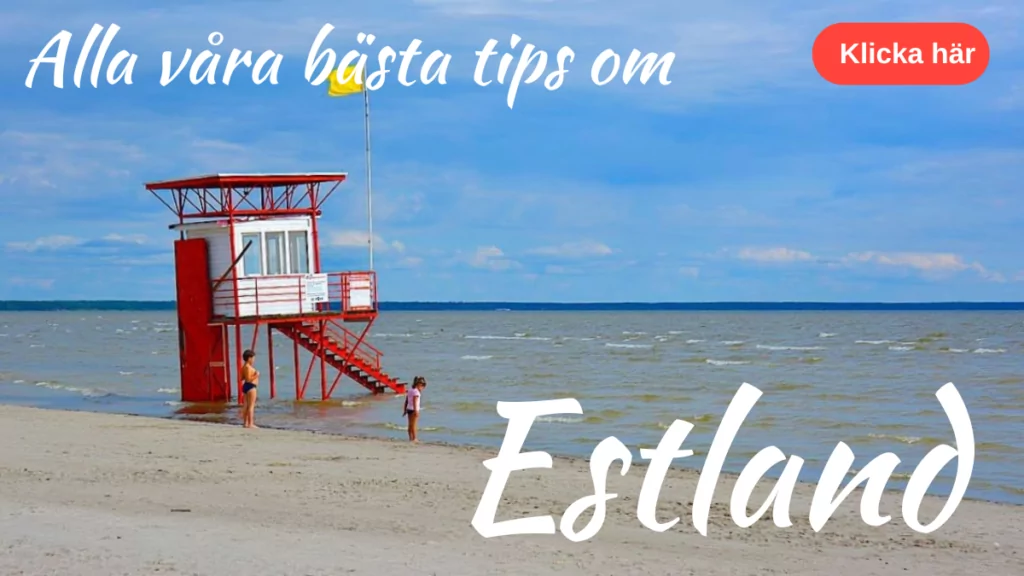
Facts about Tartu in Estonia
- Country: Estonia
- Landscape: Tartumaa
- Municipality: City of Tartu
- Population: 93 000 (2017)
- Name: Tartu (formerly Dorpat)
Places in Tartu
- Neighbourhoods: Toomemägi (the old castle hill), Supilinn and Karlova (typical wooden house suburbs), Tähtvere, Veeriku and Tammelinn (green neighbourhoods) and Annelinn (one of the youngest neighbourhoods). The river Emajõgi flows through the city.
- Famous streets: Küüni street, Lossi street, Lai street and Rüütli street.
- Bridges: Kaarsild, Kuradisild (Devil's Bridge), Änglabron and a model of the former Kivisild.
Attractions in Tartu
- Churches: St John's Church, Uspensky Church and St Peter's Church
- Monument: Kissing students, Jaan Tõnisson, Johan Skytte, Johann Karl Simon Morgenstern, Karl Ernst von Baer, Nikolai Pirogov and Gustav II Adolf.
- Museums: National Museum of Estonia, Estonian Sports and Olympic Museum, Science Centre AHHAA, Tartu Toy Museum, 19th century Tartu Citizen's Home Museum and more.
History of Tartu
- 11th century: A fort was built by Grand Duke Jaroslav I in 1030 on the site of present-day Tartu. The fortress was burnt down, but a new one was built and conquered in 1224 by the Order of the Sword.
- 13th century: Dorpat, as it was called, was an important trading centre that became a member of the Hanseatic League in the 1280s.
- 16th century: In 1558 the city was captured by the Russians, and later it was owned alternately by Poland and Sweden.
- 17th century: In 1632, King Gustav II Adolf of Sweden founded the University of Tartu.
- 18th century: During the Great Northern War (1700-1721), Dorpat was conquered by the Russian Tsar Peter I. Due to the war, the university's activities were suspended for a whole century, resuming in 1802.
- 20th century: In 1917, Livonia was divided between Estonia and Latvia, and when Estonia gained independence, Tartu became part of the new state. In 1940 the city was captured by the Soviet Union, and during the ensuing fighting (notably the Battle of Tartu in 1944) parts of the city were destroyed.
Programme "Promoting Estonia as a Tourism Destination" is supported by European Union Regional Development Fund.


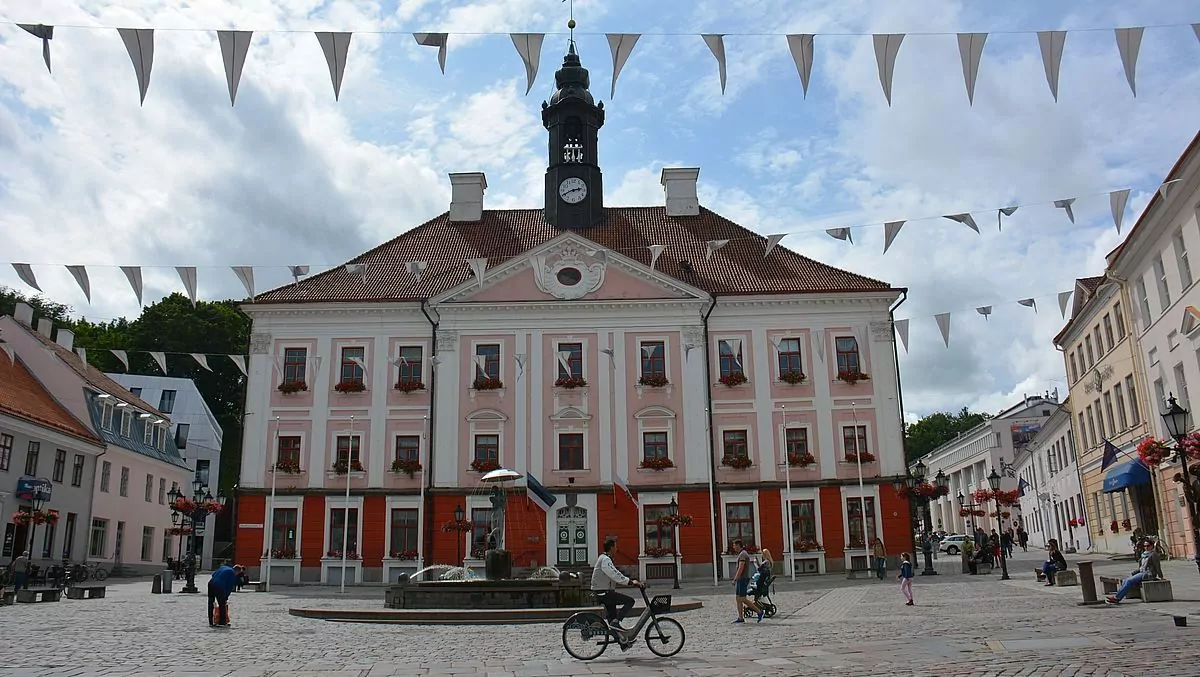






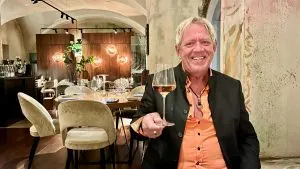
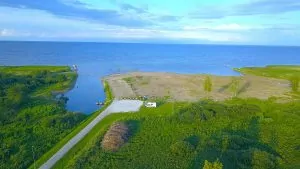
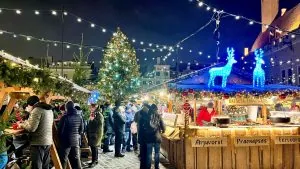
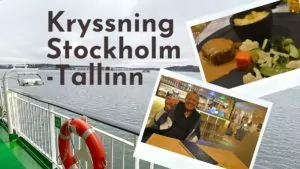
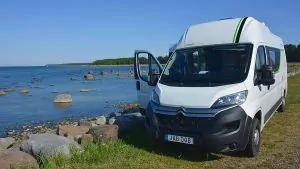
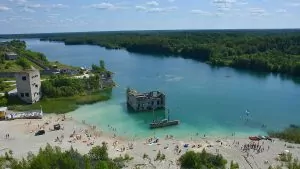
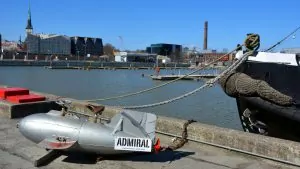
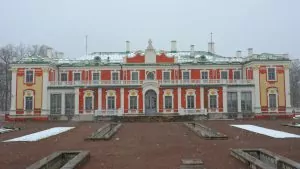
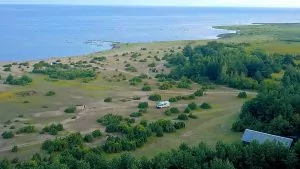
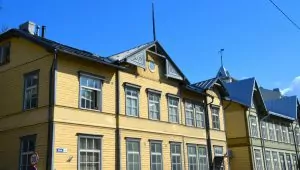
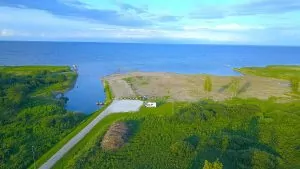
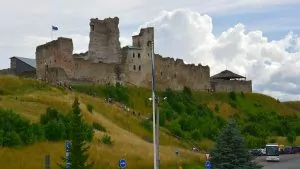

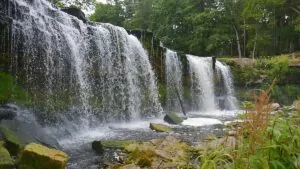
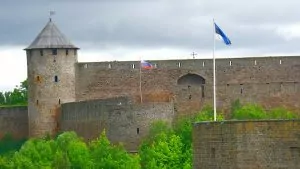
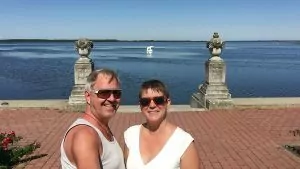
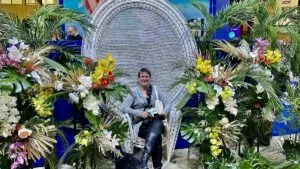
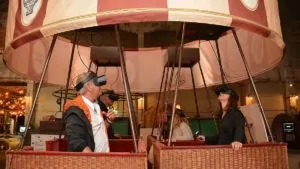
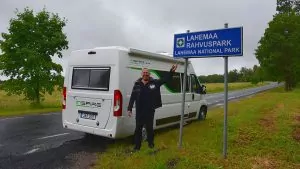
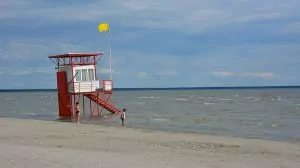
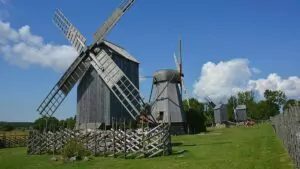
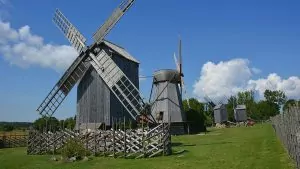
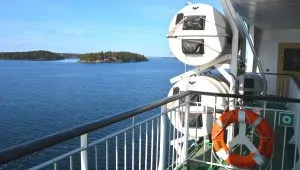
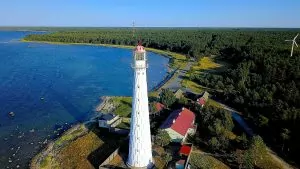
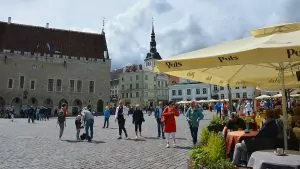


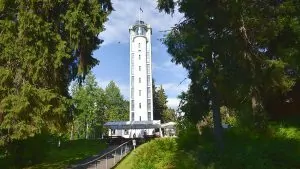
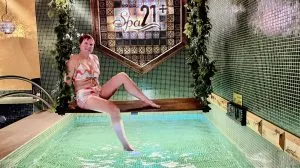
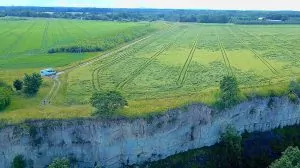
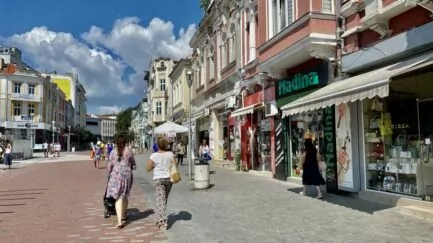
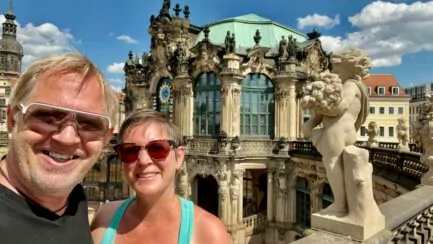
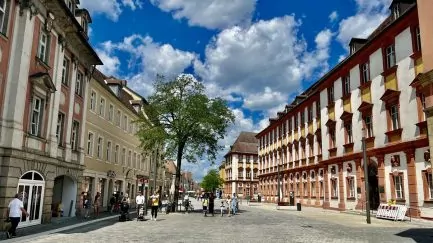

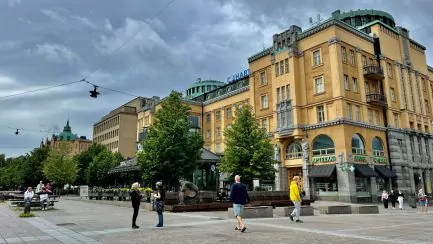



Ama de casa says:
Looked very nice! Love the kissing statue and the amazing mural 🙂 .
Chanterelles... Oh how good! And real blueberries... Some things are not so easy to get here.
Have a great start to the week!
15 July 2019 - 9:31
Helena says:
Chanterelles are sooo good, and here we have really been able to feast! ? Have fun!
15 July 2019 - 10:11
Ditte says:
Tartu is a really nice city and several of your pictures have a high recognition factor. There is a lot to see and do. Have been here a lot but always fun to come here. Was once on a course here at their old university. Great fun and memorable.
It's great that you found such a good place to park in the centre of the city.
Keep up the good work.
15 July 2019 - 17:54
Mr Steve says:
You don't have to be idle, I see. It's just a matter of finding enough time. Goodbye!
15 July 2019 - 18:51
Marianne - Glimpses of the world says:
Exciting tour of Estonia! It's not often that I hear about places in Estonia other than Tallinn. I have been to the small towns of Pärnu and Viljandi, as well as the capital, but I have yet to explore the rest of the country.
15 July 2019 - 19:17
BP says:
Very nice pictures and a great film clip. Must say that Tartu is incredibly reminiscent of Jurmala/Majori and Riga in Latvia. Not so strange perhaps. The mural on the end of the house is completely in my taste. Very nice!
15 July 2019 - 20:04
Ajli says:
Fantastically documented and it is certainly very appealing <3
15 July 2019 - 20:49
Lena - good for the soul says:
You don't have to be idle there.
Hug Lena
17 July 2019 - 6:02
Elisabeth says:
Tartu was a nice city. I have a nice souvenir from there in the form of a hand-knitted jumper!
17 July 2019 - 19:53
Knut Night and Day says:
Thank you for all the great tips. It was fun to read about this destination. Right now I'm in Germany on my way to Spain with our little car, so we won't have time this year. But we would love to go there sometime, maybe on our way home from Spain this spring.
21 July 2019 - 12:12